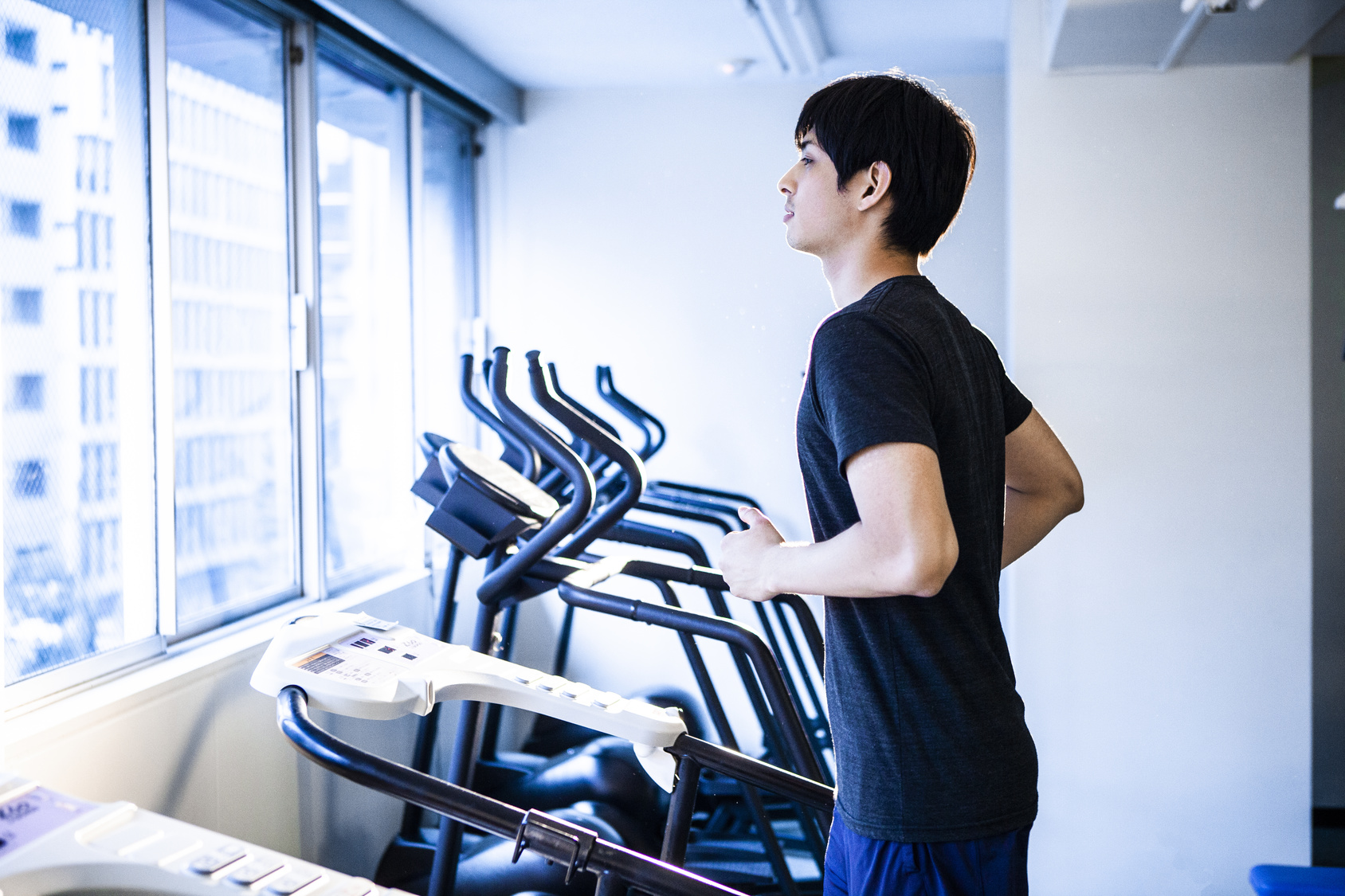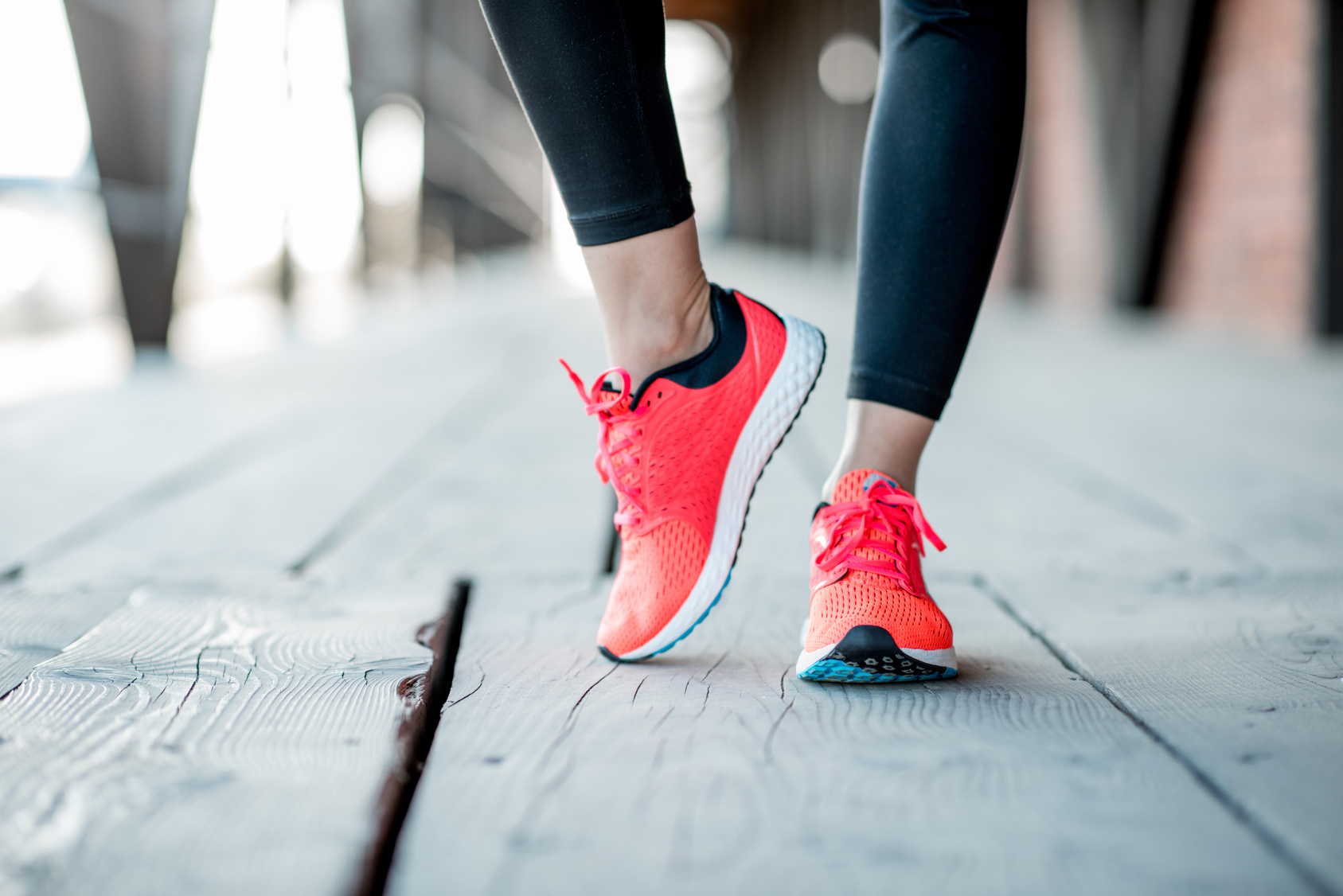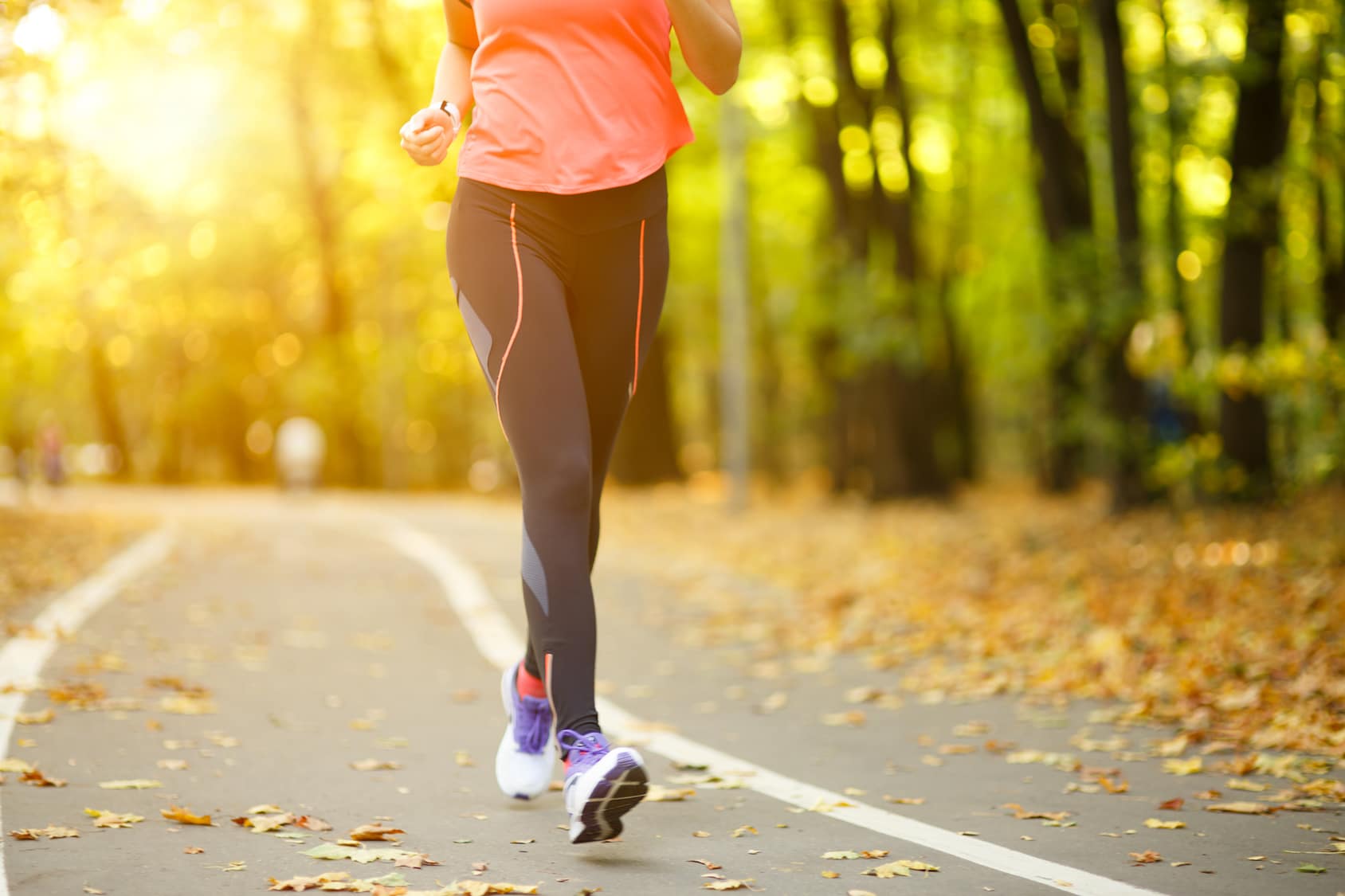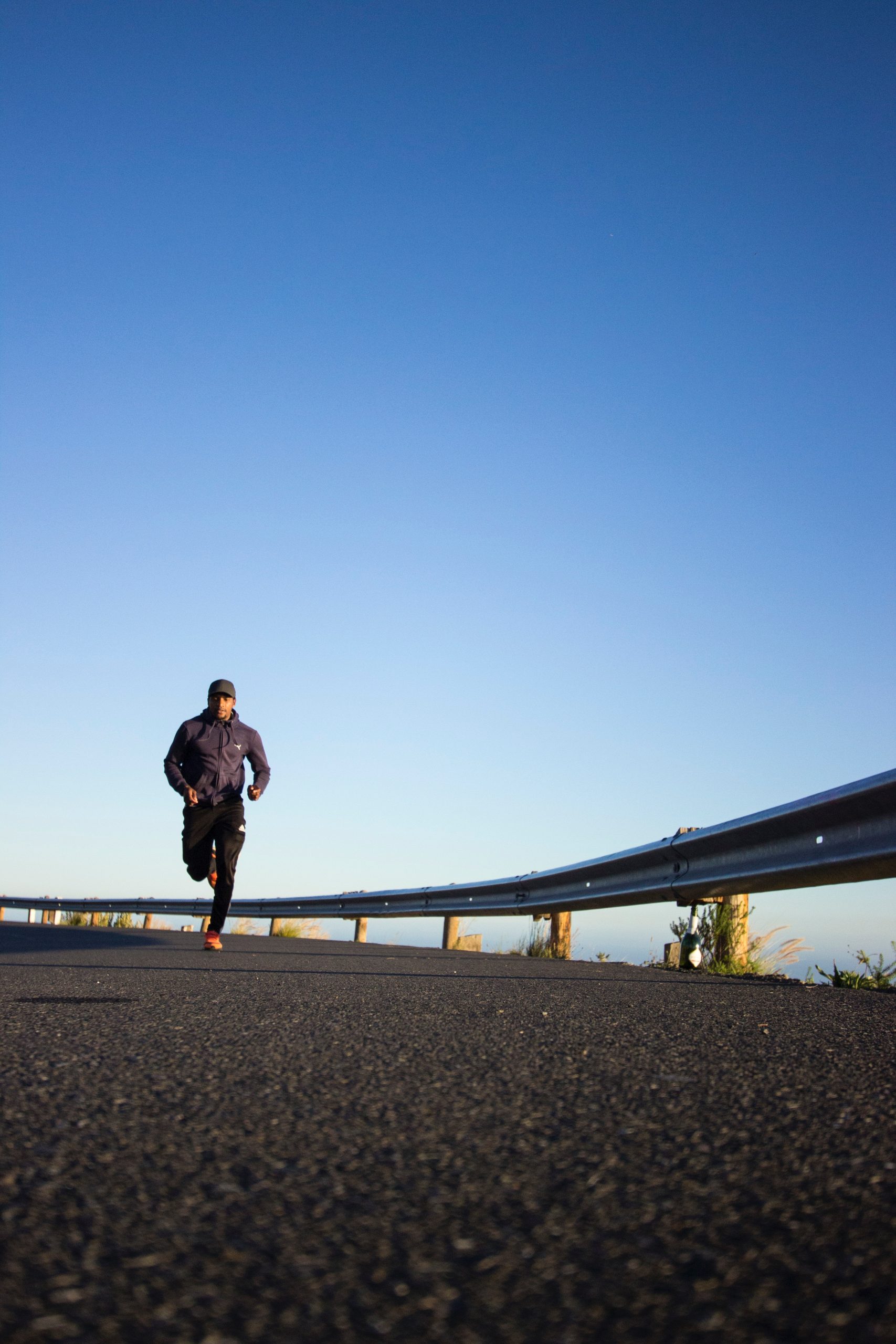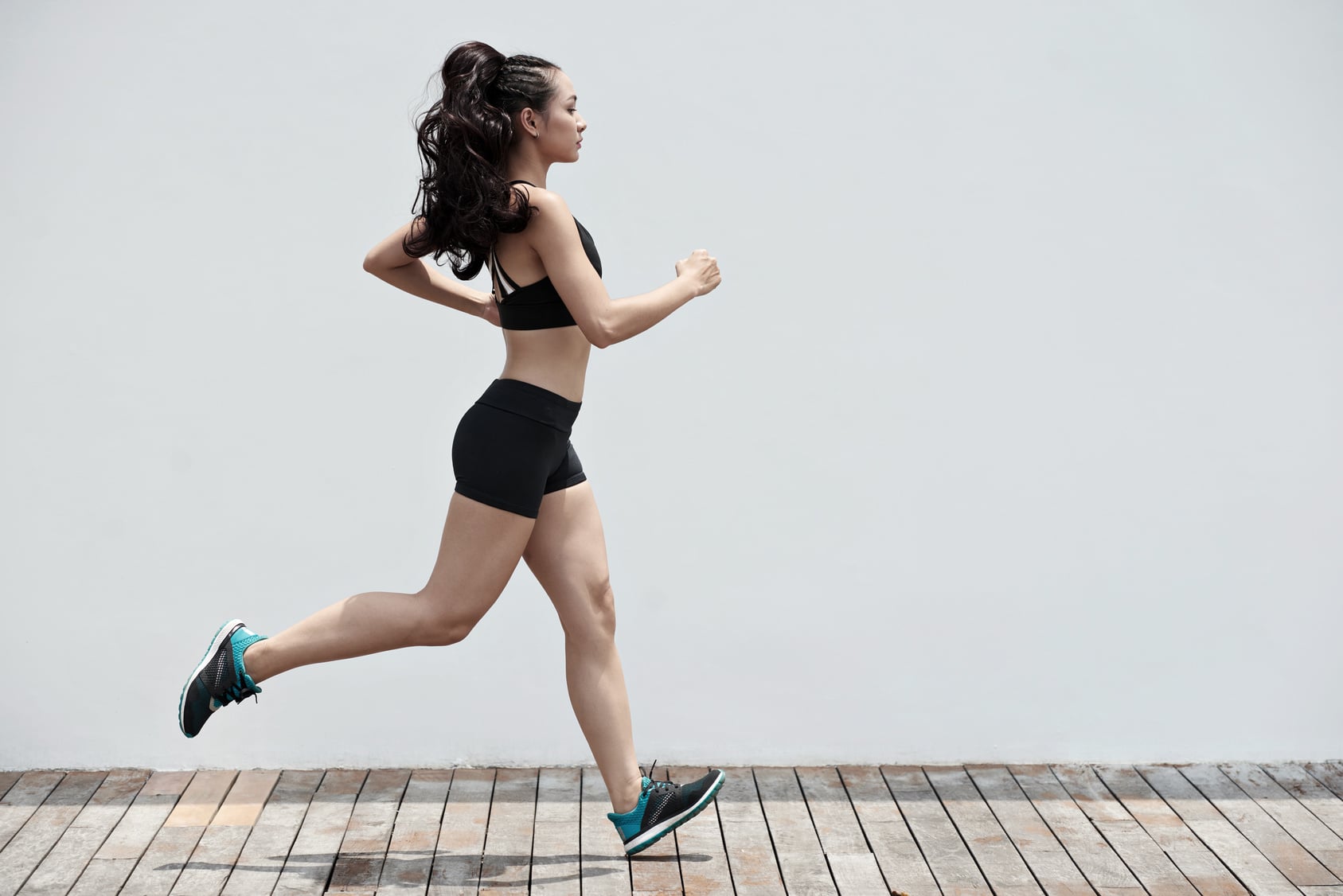Ever experienced a “Code Brown” situation mid-run?
You know, when your stomach stages a revolt against your running routine? Whether you call it “runner’s trots,” “the runs,” or “workout stomach,” we’ve all been there.
Runner’s stomach can be quite the unpleasant companion on your runs. But fear not! I’m here to share the ultimate guide to help you conquer those GI distress troubles.
In this article, we’re diving deep into the belly of the beast (pun intended), covering everything you need to know:
- What exactly is a runner’s stomach?
- How running can turn your tummy into a ticking time bomb.
- The mechanical culprits behind runners’ diarrhea.
- Tips and tricks to keep your stomach in check while you chase your running goals.
So, if you’re tired of making unexpected pit stops during your runs, keep reading. We’re about to drop some knowledge bombs to help you stay on course without unwanted detours.
Sounds great?
Let’s get started.
GI Distress When Running Is A Very Common Problem
If you’ve ever experienced the discomfort of GI distress during or after a run, rest assured that it’s a common problem among runners. Research has shown that many of us have faced this issue to varying degrees.
In fact, a study published in the academic journal Current Opinions in Clinical Nutrition and Metabolic Care found that approximately 50 percent of runners encounter GI distress problems during hard runs, especially during long, grueling ones.
And here’s an interesting tidbit: runners are twice as likely to experience GI issues compared to athletes in other endurance sports like swimming or cycling.
If you’re aiming for elite status, beware that GI distress seems to be even more common among top-tier athletes, with its frequency being 1.5 to 3 times higher than recreational runners, according to research published in a journal from Lippincott William and Wilkins
What is GI Distress
GI distress is like a grab bag of stomach-related issues that can strike runners at the most inconvenient times.
Most runners experience symptoms like abdominal cramping, excessive gas, belching, irritable bowel syndrome, indigestion or dyspepsia, vomiting, heartburn, constipation, nausea, diarrhea, and, in extreme cases, even gastrointestinal bleeding.
In other wrods, it’s a smorgasbord of digestive discomfort.
Research has shown that GI distress is one of the top reasons runners drop out or underperform in long-distance races, especially during the grueling half-marathons and marathons.
Why My Stomach Gets Upset From Running?
Running might be a fantastic way to keep your body in shape, but it can be a real troublemaker for your stomach.
The truth is, running is a high-impact sport that doesn’t just challenge your muscles and joints—it also takes a toll on your digestive system. This mechanical pressure can accelerate the movement of food and waste through your GI tract while diverting blood away from your intestines to fuel your hardworking muscles.
So, what does this mean for runners? Well, it makes practically all of us vulnerable to stomach issues. But here’s the silver lining: it’s not a life sentence! There are plenty of things you can do to ease or even avoid a runner’s stomach altogether, from managing your hydration and diet to controlling your running intensity and even calming those pre-run jitters.
Don’t think you’re immune, though—whether you’re male or female, a runner’s stomach doesn’t discriminate. The longer you run, the more likely you are to cross paths with this unwanted companion.
While the exact cause of these stomach woes isn’t fully understood, several factors can increase your risk. It’s crucial to keep an eye on these variables if you’re prone to stomach issues, including eating a meal within two to three hours of running, downing sugary fruit juices before hitting the road, and letting dehydration sneak up on you.
Can you treat or prevent Runners’ Stomachs while running?
Runner’s stomach might not be the most severe running-related issue, but it can certainly make your runs feel miserable. For some runners, chronic gastrointestinal distress can even lead to a reduction in training intensity or cause them to give up running altogether.
Before we dive into how to prevent this condition, it’s crucial to understand just how troublesome high GI (gastrointestinal) issues can be for runners.
How Does GI Distress Happen When Running
When you hit the pavement for a run, your body shifts its focus towards supplying maximum oxygenated blood to your working muscles. In doing so, it diverts blood away from your stomach and intestines, essentially putting digestion on the back burner while your body prioritizes delivering oxygen and nutrients to your muscles.
But that’s not all. The mechanical bouncing associated with running could also play a role in the relatively high occurrence of GI distress among runners, especially when compared to lower-impact sports like swimming or cycling. This theory suggests that the bouncing motion of running can jostle your digestive tract, irritating the GI tract and potentially leading to gastric distress issues..
Causes of GI Distress During A Run
Gastrointestinal (GI) distress during a run can be attributed to a variety of causes and conditions, often stemming from a combination of internal and external factors. These factors can set the stage for GI discomfort. Here’s a breakdown of common external and internal causes:
External Causes:
Consuming a heavy meal too close to your run or eating something that doesn’t agree with your stomach.
Insufficient hydration before or during your run can contribute to GI distress.
Internal Causes:
During exercise, blood flow is redirected away from the digestive tract to supply working muscles, which can hinder digestion.
The physical jostling and bouncing associated with running may irritate the GI tract.
Stress, anxiety, or pre-race nerves can affect digestion.
Pre-existing gastrointestinal issues such as viruses, stomach bugs, ulcers, or other ailments can exacerbate GI distress.
Additional resource – Prevent Sunburn in runners
Physiological Changes From Running
During exercise, specially intense or prolonged running, your gut hormone levels are impacted. These changes may affect digestion and lead to symptoms like nausea or changes in appetite.
Running diverts blood flow away from the digestive system and redirects it to the working muscles. This can slow down digestion and affect the absorption of nutrients.
What’s more?
Intense exercise, such as running, can reduce the rate of gut absorption. This can lead to feelings of fullness, bloating, or discomfort.
Lower Esophageal Sphincter Tone:
The lower esophageal sphincter (LES) is a muscular ring that separates the esophagus from the stomach. Running can sometimes weaken the tone of the LES, increasing the risk of gastric reflux or heartburn.
Running can slow down the movement of food from the stomach to the intestines. This delay in gastric emptying can cause feelings of fullness and discomfort.
It’s important to note that these physiological changes are part of the body’s response to intense physical activity, and they can vary from person to person. Some runners may experience minimal GI distress, while others may be more susceptible.
The Impact of Food On Runners Stomach
Consuming foods that are high in fiber, fat, or protein too close to a run can slow down digestion and increase the risk of GI symptoms. Foods that are spicy or contain a lot of spices can also be problematic for some runners.
Drugs & the Digestive Tract
NSAIDs, including ibuprofen, are commonly used to relieve pain and reduce inflammation. However, they can irritate the stomach lining and increase the risk of gastrointestinal issues, such as gastritis or stomach ulcers. Running while taking NSAIDs, especially on an empty stomach, can further exacerbate these risks.
How to Prevent Runner Trots When Running
Proper hydration is your first line of defense against stomach discomfort and unwanted pit stops during your runs. We all recognize the importance of staying hydrated for optimal running performance, but it’s equally crucial for preventing GI distress while running.
A study found that roughly 80 percent of runners who experienced fluid losses of 4 percent or more of their body weight reported suffering from GI distress issues. This suggests a strong link between dehydration and stomach problems in runners.
Several factors contribute to this connection. Dehydration can slow down gastric emptying, making it harder for your stomach to process food and fluids efficiently. Additionally, exposure to heat, especially during the summer, can exacerbate GI distress issues. When it’s hot, your body redirects more blood to the skin to cool down, which can further stress your digestive system.
Here are some hydration tips to help you combat GI distress:
- Stay hydrated throughout the day, not just before your run. Consistently drinking water ensures you start your run well-hydrated.
- Don’t wait until you’re thirsty to drink. By the time you feel thirsty, you may already be somewhat dehydrated.
- Hydrate when you wake up in the morning, especially if you’re running in the early hours. After a night’s sleep, your body can be dehydrated even if you don’t feel thirsty.
- If your run lasts longer than 45 minutes, consider bringing a water bottle and practicing the “one gulp every mile” strategy, even if you don’t feel an immediate need for fluids..
Additional resource – Prevent Acid Reflux In Runners
Go Easy With the Mileage
Running long and hard training sessions can increase the likelihood of experiencing GI problems, and this is due to several factors, including dehydration, elevated body temperature, increased blood flow to working muscles, and the mechanical impact of running. Essentially, the nature of running, with its repetitive and high-impact movements, makes runners more prone to GI distress.
The good news is that, similar to how your muscles and cardiovascular system adapt to training, your gastrointestinal system can also become more accustomed to the demands of running. Here’s how you can “train” your stomach to handle food more effectively:
- Experiment with different foods and drinks during your training sessions. Pay attention to how your stomach reacts to various options. This experimentation allows you to find what works best for you.
- Keep a food journal to track the foods and drinks you consume and their impact on your GI tract. This record will help you identify patterns and pinpoint which items may trigger discomfort.
- Try different eating plans to see how they affect your stomach. With time and experimentation, you’ll likely discover a winning formula that minimizes GI distress during your runs.
Give It Time
Be Patient with Your Belly
Your stomach deserves some respect, so don’t rush it! Give it the time it needs to process your food, especially after a big meal. Here’s the lowdown:
Therefore, try to schedule your main meal a comfy two to three hours before your run. This gives your stomach the chance to work its magic without feeling rushed.
Need a Quick Fix?
If patience isn’t your strong suit, consider a light pre-run snack about an hour before your workout. Keep it easy on the tummy, though, so you don’t feel like you’ve swallowed a brick.
Everyone’s digestive system dances to its unique beat. So, get curious and experiment! Try different meal timings and foods to discover what your belly loves best. In the end, it’s all about finding your digestive groove for the long haul.
Keep your Diet Simple
Eating a meal loaded with fiber, fat, protein, or sugar bombs right before a run is like inviting GI distress to the party. No thanks!
Especially on those tough training days, opt for a straightforward diet. Look for these winning traits in your pre-run meal: not too huge, low on fiber, low-fat, a touch of protein, and not drowning in sugar.
If you’re gearing up for a marathon or a lengthy endurance mission, sports drinks can be your best bud. They give you the fuel to keep going. But, a word of caution: avoid those with over 10% carb concentration to dodge tummy troubles. Aim for 5% or less to play it safe.
Acidic foods and drinks can stir up trouble for your tummy. Before your run, dodge stuff like alcohol, super strong coffee, milk, eggs, gluten-heavy grains, nuts, and tomatoes. Instead, roll with low-acid champs like bananas, leafy greens, soy, lentils, and more.
Avoid Caffeine
Caffeine is like rocket fuel for your performance. It revs things up and can make you feel unstoppable on the track.
But caffeine is also a stimulant that can kickstart peristalsis—the fancy term for those gut muscles that push food through your digestive system.
If caffeine isn’t your gut’s best friend, swap it for water. Hydration is always a good idea, and it won’t send your stomach on a rollercoaster ride.
Craving that cup of joe? Have it well before your run. Give your system some time to cozy up with caffeine, so it won’t interrupt your workout.
Additional resource – How to manage heart murmurs
Run Around Bathrooms
For those of us who are a tad more prone to GI distress during runs, planning our routes strategically can be a game-changer. Look for routes that have bathrooms along the way. Knowing you have a safe haven for emergency pit stops can provide tremendous peace of mind.
But, sometimes, emergencies strike when you least expect them. That’s where a little pocket-sized preparation comes in handy. Carry wet wipes or toilet paper with you during your runs, just in case a disaster decides to pay a visit.
And here’s a pro tip for extreme cases: consider having an over-the-counter anti-diarrhea medication like Imodium on hand. It’s like your emergency kit for those unexpected GI issues. But remember, don’t make it a habit without your doctor’s approval.
Manage Stress
According to a study, stress, anxiety, and other mental problems can take a toll on your stomach.
Research has linked these psychological problems with your GI tract’s ability to function optimally and adequately.
So it’s not just what you eat and drink before and during a run. What you think matters as well.
Consider incorporating practices like meditation and yoga into your routine. These activities can help you manage your physical, emotional, and intellectual energies, creating a harmonious balance.
Now, let’s talk about race day stress. Competitions can be nerve-wracking, especially if you’re putting immense pressure on yourself. If you’re racing in a new city, try arriving a few days earlier to acclimate to the unfamiliar surroundings.
Listen to Your Body
Ultimately, your body is the best judge of what works for you. But there’s a catch – you need to be ready to listen. Ignoring your body’s signals won’t get you anywhere.
Let’s face it: what you put into your body matters, affecting both your performance and your stomach’s well-being. So, it’s crucial to cultivate body awareness.
Pay attention to how your body feels before, during, and after a run concerning the foods and beverages you’ve consumed.
Maintain a diary to track your experiences. Note the symptoms and document what you ate or drank on days when GI issues reared their ugly head. This way, you can gradually decode your body’s unique language.
When to Consult A Doctor For Runners Stomach
Experiencing gastrointestinal distress as a runner is a common issue, but it’s crucial to recognize that if you frequently encounter a runner’s stomach, it may not be exclusively related to running. Conditions such as celiac disease and irritable bowel syndrome share similar symptoms with a runner’s stomach and can have diverse underlying causes.
In such cases, it’s advisable to seek guidance from a medical professional. They will conduct an assessment of your symptoms to determine whether they are primarily associated with running or if there might be an alternative diagnosis. Additionally, your doctor may recommend procedures like a colonoscopy to rule out any potential underlying issues.
It’s essential to be vigilant and attentive to certain warning signs that could indicate a more severe ailment, including:
- Sustained diarrhea lasting more than 24 hours.
- Sudden and severe headaches with no apparent cause.
- Pronounced heart palpitations.
- Presence of mucus or blood in your stool.
- Persistent and intractable vomiting or nausea.
- Feeling full more rapidly than usual.
- Unexplained weight loss.
- Experiencing loss of consciousness or fainting episodes.
If you experience any of these symptoms, it is crucial to promptly seek medical evaluation to ensure your health and well-being
GI Distress in Runners – The Conclusion
In conclusion, mitigating the risk of experiencing runners’ stomach requires a proactive approach to your diet, hydration, and training habits. To minimize the likelihood of gastrointestinal distress during your runs, consider the following recommendations:
- Be mindful of the foods you consume before running and the day prior, avoiding high-fat and high-fiber foods whenever possible
- Allow ample time for digestion by refraining from running immediately after a meal, akin to swimming.
- Maintain proper hydration throughout the day, ensuring you carry a water bottle during extended runs, particularly in hot weather conditions.
- Engage in experimentation with various foods and beverages, maintaining a training journal to monitor their impact on your stomach.
- Provide your body sufficient time to adapt to increased training intensity and volume.
- Seek professional guidance from a physician if you have concerns or persistent issues related to gastrointestinal distress during your runs.
By implementing these strategies and staying attuned to your body’s signals, you can work towards a more comfortable and enjoyable running experience, minimizing the risk to runners’ stomach.

